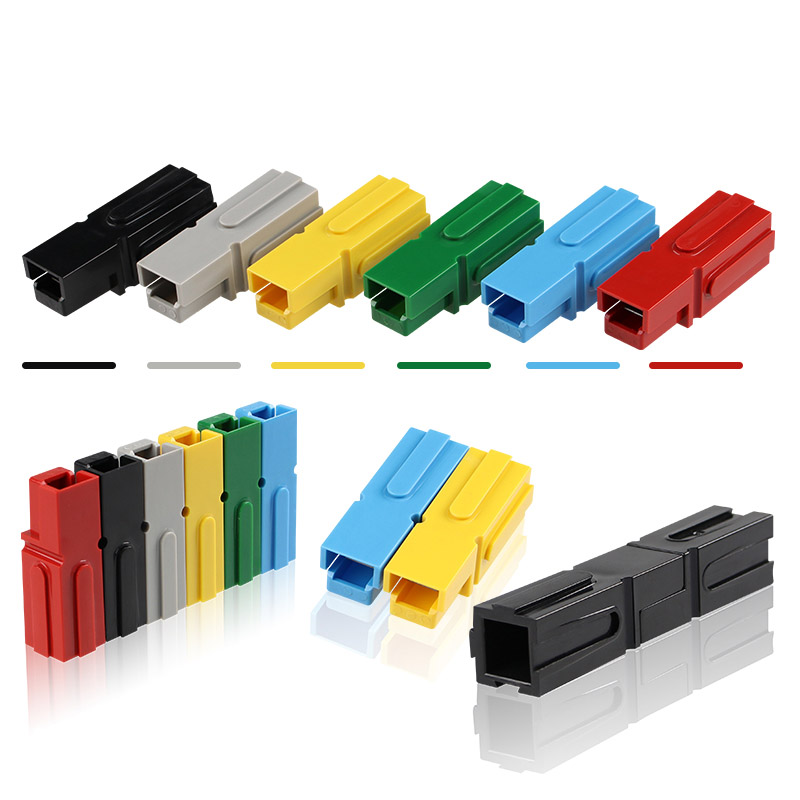When it comes to designing and producing lithium battery wire harnesses, several critical factors must be considered to ensure optimal performance, safety, and longevity. Here are key considerations for a successful wire harness implementation:
1. **Wire Material Selection:**
- Opt for wire materials with excellent electrical conductivity and high temperature resistance, such as copper or aluminum wires.
- Choose the wire's cross-sectional area based on current requirements and voltage drop considerations.
2. **Insulation Material Selection:**
- Select insulation materials with superior insulation properties and high-temperature resistance, such as polyvinyl chloride (PVC), polyethylene (PE), or polytetrafluoroethylene (PTFE).
- Ensure compliance with relevant standards and requirements during the selection process.
3. **Wiring Harness Layout Design:**
- Design the wiring harness layout based on the electrical requirements of the equipment, preventing crossover and interference between wires.
- Consider heat dissipation requirements and strategically arrange heat dissipation channels for lithium batteries.
4. **Wire Harness Fixation and Protection:**
- Secure and protect the wire harness to prevent damage from external forces during use.
- Utilize materials like zip ties, insulating tape, and sleeves to fix and shield the wire harness.
5. **Safety Performance Test:**
- Conduct safety performance tests, including resistance tests, insulation tests, voltage withstand tests, etc., post-production.
- Ensure that the wire harness meets safety requirements and standards.
In conclusion, the comprehensive design and production of lithium battery wire harnesses necessitate careful consideration of wire and insulation materials, layout design, fixation methods, and safety performance testing. These measures collectively ensure the quality and safety performance of the wire harness, guaranteeing the normal operation and safety of lithium battery equipment.

**Integration with SED Connectors:**
Lithium battery wiring harnesses are typically paired with SED connectors, enhancing their efficiency and reliability. Featured products include the 350A Red Fast Power Products Battery Plug SED Connector, 75A 600V Black Battery Pack Connector, and 50A SED Style Plug Connectors.
**Future Development Trends:**
Looking ahead, the evolution of lithium battery wiring harnesses will center around the following trends:
1. **Material Innovation:**
- Develop wire materials with enhanced conductivity and reduced resistance to optimize energy transmission efficiency.
2. **Heat Dissipation Technology Improvement:**
- Utilize new heat dissipation materials and designs to enhance the battery pack's heat dissipation capabilities and extend battery life.
3. **Intelligent Management:**
- Incorporate intelligent technology for real-time monitoring and management of lithium battery wiring harnesses, improving overall safety performance.
4. **Wiring Harness Integration:**
- Integrate additional functions, such as current sensors and temperature sensors, into lithium battery wire harnesses to streamline battery pack design and management processes.
 Guangdong SED Co., Ltd.
Guangdong SED Co., Ltd.
 +86 13763213143
+86 13763213143
 info@dmictech.com
info@dmictech.com


